best foot doc
Displaying items by tag: best foot doc
Lapiplasty Surgeon Dr. Brandon Nelson, Discusses 3-D Bunion Correction

The Lapiplasty technique has created an effective tool for bunion surgery. The foot and ankle surgeon community has seen a reproducible tool that has helped revolutionize bunion surgery. This procedure has helped bunion surgeons get the best possible correction with incredible long term outcomes. The Lapiplasty combines a tried-and-true bunion surgery technique with modern jigs and fixation. Bunion surgery is challenging and any tools that can help with getting better outcomes are looked upon favorably. This is the case for the Lapiplasty system.
As a Board-Certified Surgeon and Physician and somebody that has done 1000’s of bunion surgeries, this is a welcomed tool in my armamentarium. I have found that Lapiplasty is a game changer. I find my results are outstanding and long lasting. I look forward to helping more patients with bunion recover faster and returning earlier to activities is a giant plus! If you suffer from bunion pain come see if you are a candidate for Lapiplasty. Give us a call at 425-391-8666 or make an appointment online today.
Sincerely,
Dr. Timothy Young, a Board-Certified Foot Surgeon, Discusses Neuroma Treatments
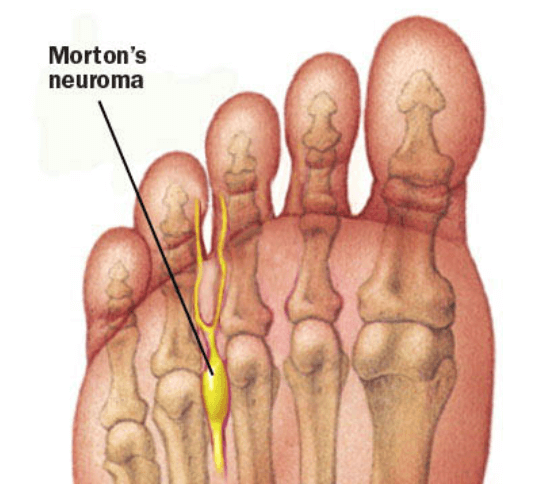
Dr. Timothy Young, a board-certified foot surgeon, discusses neuroma treatments:
Our Doctors have been using Alcohol injections for Morton's Neuroma for over 10 years with excellent success. Most patients have between 6 - 8 injections at weekly intervals. Occasionally a "mini-series" will be done after 12 months. For most patients, there is minimal discomfort after the injections and there is progressive relief from the Neuroma symptoms.
We typically use between 20-30% dehydrated alcohol. Ultrasound guidance is critical for correct injection technique. Most frequently we treat the 3rd intermetatarsal space, and runner up is the 2nd intermetatarsal space. This provides an excellent alternative to surgical treatment, and we also treat stump neuroma problems (where there is reoccurrence of the neuroma symptoms after prior foot surgery).
If you are experiencing foot or ankle pain, give us a call today at 425-391-8666 or make an appointment online.
Dr. Timothy Young, a Board Certified Foot Surgeon, Discusses Collagen Supplements After Surgery
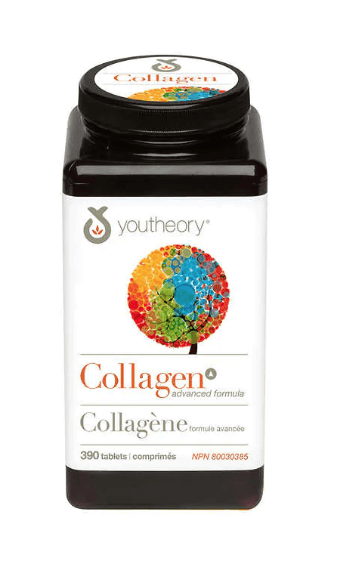
Dr. Timothy Young, a Board Certified foot surgeon, discusses collagen supplements after surgery.
For example Achilles tendon surgery or repair of an Achilles tendon rupture. Peroneal or posterior tibial tendon surgery. In addition zinc (25 mg up to 50 mg per day) and boron (3 mg per day) are supplements the can be helpful with deep tissue healing and wound healing. It's important to note that zinc can compete with some other essential elements such as calcium and magnesium so it's best to take zinc by itself for example at lunchtime. Remember there are always things that you can do to help your body heal.
If you are experiencing foot or ankle pain, please give us a call at 425-391-8666 or make an appointment online today.
Dr. Timothy Young, Board Certified Foot and Ankle Surgeon, Talks About Hallux Limitus Surgery
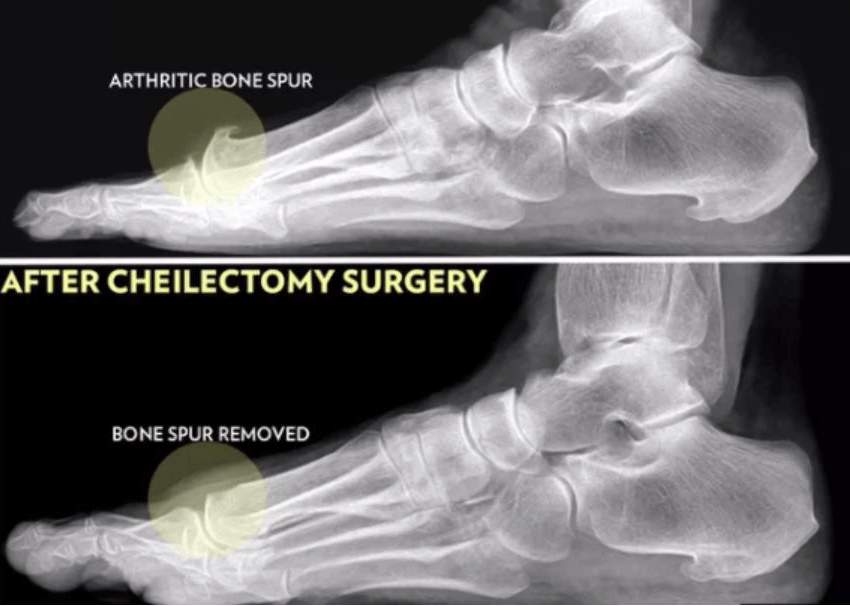
Dr. Timothy Young, board certified foot and ankle surgeon, talks about hallux limitus surgery for arthritic bone spur removal of the great toe.
Arthritis of the great toe is very common. Usually there is excessive compression on the top of the joint, and over months to years, painful bone spurs or osteophytes can develop. These create even more pressure and pain, and there is often bone on bone contact between these bone spurs. Removal of the bone spur is a very effective treatment for this problem. This surgery is called a cheilectomy. Cheilectomy surgery for arthritis of the great toe is quite straightforward and has a rapid recovery. Cheilectomy surgery is the most basic and simple procedure, from a surgical perspective for this condition.
There are more and fall procedures that can be done such as a decompression osteotomy of the bone, or fusion of the joint. These procedures usually require significant additional protection and recovery time. The surgical procedure itself involves access to the joint with an incision through the tissue layers including the joint capsule. The bone spurs are then exposed and removed surgically. This also involves using a surgical bur to smooth down the top of the joint. It is quite common to fine small loose fragments of bone, which are also removed during the procedure. If there are loose flaps of cartilage, and failure removed and the exposed bone can be drilled to create a fibrocartilage patch.
The joint and wound is flushed and then the layers are repaired and sutured. Recovery involves using a surgical shoe or cast boot. Initially putting weight on the heel for the first few days, and after that for weight with a surgical shoe or cast boot works well. Sutures are typically removed 2 weeks after the surgery. Most of our patients stay in the boot for 3 weeks.
If you are experiencing foot and ankle pain, give us a call today at 425-391-8666 or make an appointment online.
Dr Brandon Nelson, A Board Certified Foot & Ankle Physician and Surgeon, Discusses Hammer Toes
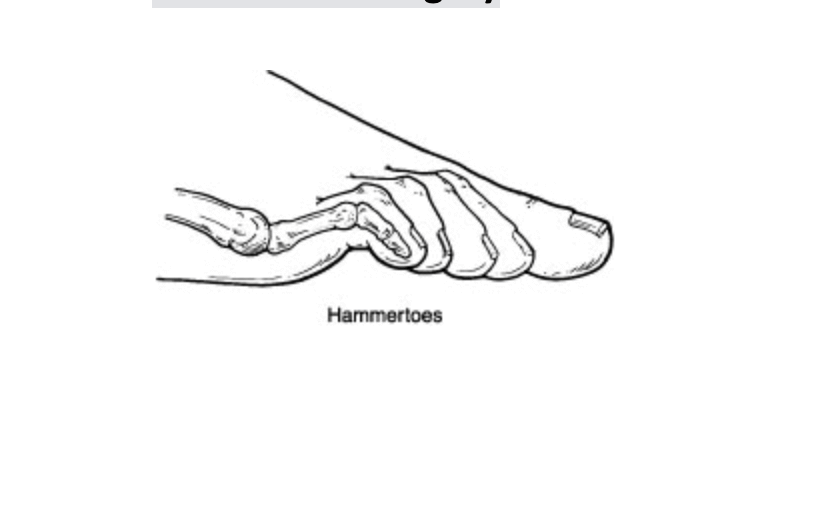
Hammer toes are a condition that affects usually multiple toes in the foot. This condition can occur on one foot or both. It is often part of an overall deformity of the foot for example a bunion with hammer toes is common. There tends to be a family history of hammer toes and pain can begin as the condition worsens. Often patients will present with pain from shoe gear rubbing or pain with activities like running. The hammer toes are a progressive deformity and I encourage early intervention to manage the deformity.
The most common cause of hammer toes is the foot trying to stabilize itself. Often the long flexor tendons of the foot are working to create an arch or support the arch. Patients often have a flatfoot associated with this pathology and the hammer toes start to progress as the foot becomes flatter. The foot works hard to try and stop the flattening and the flexor tendons begin to overpower the digits. The digits begin to curt and hammering is the result.
The only long-term fix of hammer toes is surgical. The procedure itself is relatively straightforward and quick. It involves removing a piece of bone and often lengthening a tendon or releasing some soft tissues. It is a stepwise approach to the hammer toe that provides the best long-term outcomes. I have patients that choose to have it done with just some local anesthetic and the recovery is uneventful.
If you are suffering from curling digits and need an evaluation I can help. Please contact the office at 425-391-8666 or make an appointment online today.
Sincerely,
Board Certified Physician and Surgeon
Dr. Timothy Young, Board Certified Foot Surgeon, Discusses Maximal Recovery After an Ankle Sprain

Dr. Timothy Young, board certified foot surgeon discusses maximal recovery after an ankle sprain
How does a runner know when they’re fully recovered from an ankle injury?
Ankle sprains often in result in total or partial tearing of the ankle ligaments.
Most commonly this is the anterior talofibular ligament or ATF ligament.
For third degree sprain remaining off the ankle for 3-4 weeks is ideal. What about after that timeframe. Wearing a brace initially to protect the ankle from repeat injury is helpful and physical therapy can be helpful. Other rehabilitation options include using a stationary bike or aqua jogging. Balancing exercises or proprioceptive exercises are also helpful.
But when do you know when you can return to running such as trail running
Sometimes it is knowing when you have a confidence than your ankle will hold up over uneven terrain. A very good benchmark for knowing when you can return to running and especially trail running, is when you can run up and downstairs without grabbing the handrail. Your body unconsciously is giving you a " go ahead". This is a crude but actually very accurate indicator of when you have adequate strength and recovery in the ankle and confidence in your proprioceptive - balance reflex.
If you are experiencing foot or ankle pain, give us a call today at 425-391-8666 or make an appointment online today.
Dr. Brandon Nelson, Board-Certified Foot and Ankle Physician and Surgeon, Discusses Bunion Surgery

Bunion pain is a common presentation at my clinic. We see a large percentage of bunion patients wanting consultations for surgery. Bunion surgery is highly successful and moderate techniques provide decrease healing times and decreased postoperative pain. It is important to understand that there are many different types of bunion surgery that can be performed. The primary indicator for bunion surgery selection is the overall foot structure and the size of the bunion.
Over the years I have seen many different types of bunion surgery come in and out of favor. It is important to realize there are a few procedures that have been around for years and continue to be the work courses of bunion surgery. The most common bunion surgery performed in the United States is was called a head procedure or an Austin type bunionectomy.
The Austin bunionectomy involves repairing of the small some medium size bunion. It consists of cutting the first metatarsal head in a Chevron type fashion and then moving the head in a lateral position towards the fifth metatarsal. Additionally some bone is typically shaved off the medial aspect or the inside of the first metatarsal head and some soft tissue is released laterally. This is a great procedure provides wonderful correction in the majority of patients are able to fully walk after this procedure.
If you have bunion pain and are interested in having a surgical consultation please make an appointment today or give us a call at 425-391-8666 and I’ll happily help get it fixed.
Sincerely,
Board-certified American College of Foot and Ankle Surgeons
Board-certified American Board of Podiatric Medicine
Dr Brandon Nelson, A Board Certified Physician & Surgeon, Discusses Surgery For Heel Pain/Plantar Fasciitis
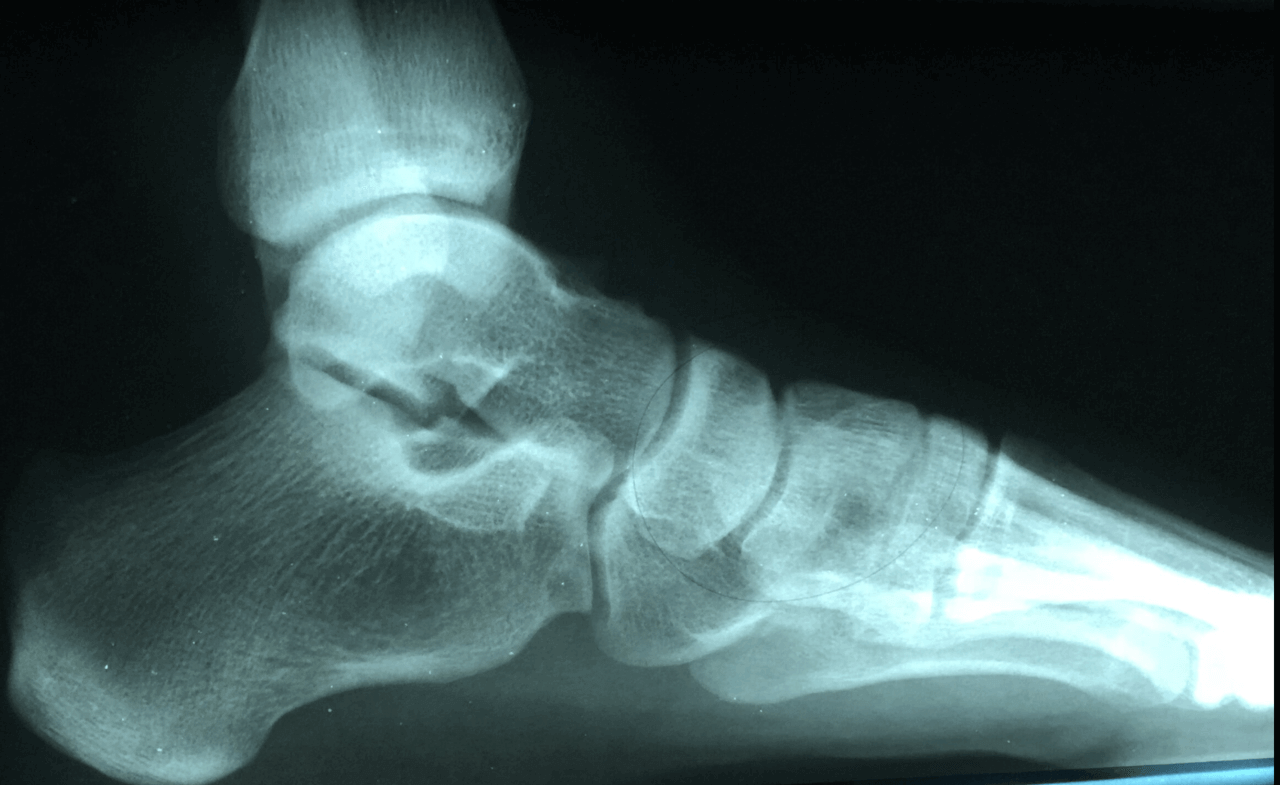
With heel pain affecting so many Americans, surgery is a common question I receive in the office. Most people that are curious about surgery have suffered from heel pain for months or even years and have tried all the conservative measures. They have tried things like orthotics, injections, splints, physical therapy and are still having pain. The discussion of surgery is an appropriate next step but at my office we have a few options that most physicians do not offer.
Surgery for heel pain or plantar fasciitis is highly successful and there are a few different procedures, but all have similar results. Many of the surgeries involve cutting or releasing the fascia and stimulating the biology of the body. The stimulating of the biology is important as it will increase blood supply and help with healing. Another procedure that has been in the current research is a gastric recession. This is where you lengthen a fascial type of structure in a patients leg to help reduce the pull of the Achilles tendon. Lately this has received a lot of attention and is showing very promising results.
I think a discussion on biology is important for this blog as well. Part of the long-term problem is chronically inflamed tissues. One’s fascia becomes chronically irritated and if you change the biology, you can usually fix the problem. I have developed a protocol and technique that is non-surgical that helps to stimulate your bodies own natural healing techniques and fixes most of the plantar fasciitis permanently. If you are suffering from heel pain I can help make and appointment today. Give us a call today at 425-391-8666 or make an appointment online.
Dr. Timothy Young, Board Certified Foot Surgeon Talks About How His Capsulitis of the Second Toe Was Treated
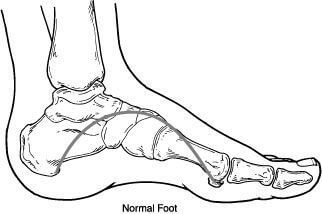
Capsulitis of the second toe and the second MTP joint is one of the more common conditions that we see and treat. Much of this problem is mechanical in nature. Some it has to do with the foot structure itself and it can also be an overuse injury. There is essentially too large a stress load going to this one joint (2nd MTP) disproportionate to the adjacent joints. The traditional treatments that are still critically important include prescription orthotics and good shoes that have forefoot rocker such as a Hoka shoe or Altra shoe. Other treatments include stretching the calf with a night splint and there are other treatments such as taping.
This can be a chronic and frustrating condition to treat. For the most intense problems where there is inflammation of the capsule we often consider adjunctive treatments. One of the simplest treatments that can be done that does not involve an injection is shockwave therapy. The goal of the shockwave therapy is to do intense treatment and the body essentially receives this treatment and believes there has been more trauma. The body reacts by increasing the blood flow to the local tissues including the capsule.
Also some the local healing factors, become more available to this tissue. This is very similar in some ways to other treatments that help the body regenerate. There are other treatments that can be done such as injections. Injections of Supartz which is sympathetic joint lubricant can be very helpful especially if some of the problem is actually intra-articular and not just the capsule but inflammation and pain of the actual joint itself including cartilage pathology and degenerative joint disease. Other injections may include Traumeel which is a non-cortisone based anti-inflammatory. In severe cases the plantar plate can be damaged an MRI may be indicated. These cases often require surgical repair.
Give us a call at 425-391-8666 or make an appointment online today.
Dr Brandon Nelson, a Board Certified Physician and Surgeon, Discusses Numbness and Tingling of the Foot

Burning pain in the feet can be quite common for diabetics or people with what is called neuropathy. This is a condition that occurs when our nerves have some dysfunction. There are quite a few causes of neuropathy but the most common is diabetes. Diabetes can result in high levels of sugar in our blood that then causes irritation or damage to our nerves. The nerves involved are usually the nerves in our hands or feet, the peripheral parts of our body, hence the term peripheral neuropathy.
Tingling is another sign or peripheral neuropathy. Often times it feels similar to hitting your funny bone and can progress as time goes on. I recommend anybody with these symptoms should be evaluated and tested for nerve problems. A test I often order is called EMG/NCVs. These test will allow one to see if the numbness or tingling is coming from your nerves.
Treatment can usually begin right away and have dramatic effects. I like to use an FDA approved laser, that has zero side effects, in combination with a nerve supplement and infra-red light. I have had patients experience 80-90% improvement in symptoms. If you are suffering from neuropathy, fibromyalgia or burning and tingling in the feet we can help.
Give us a call today at 425-391-8666 or make an appointment online.



